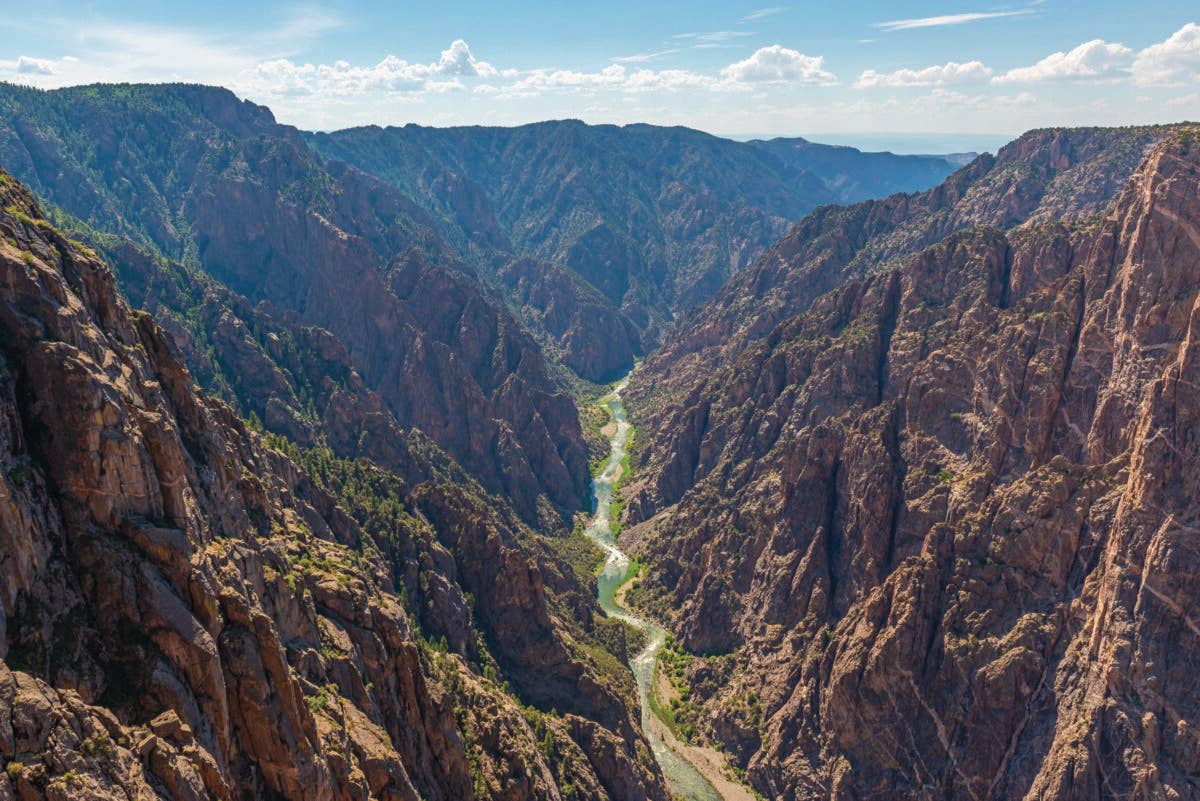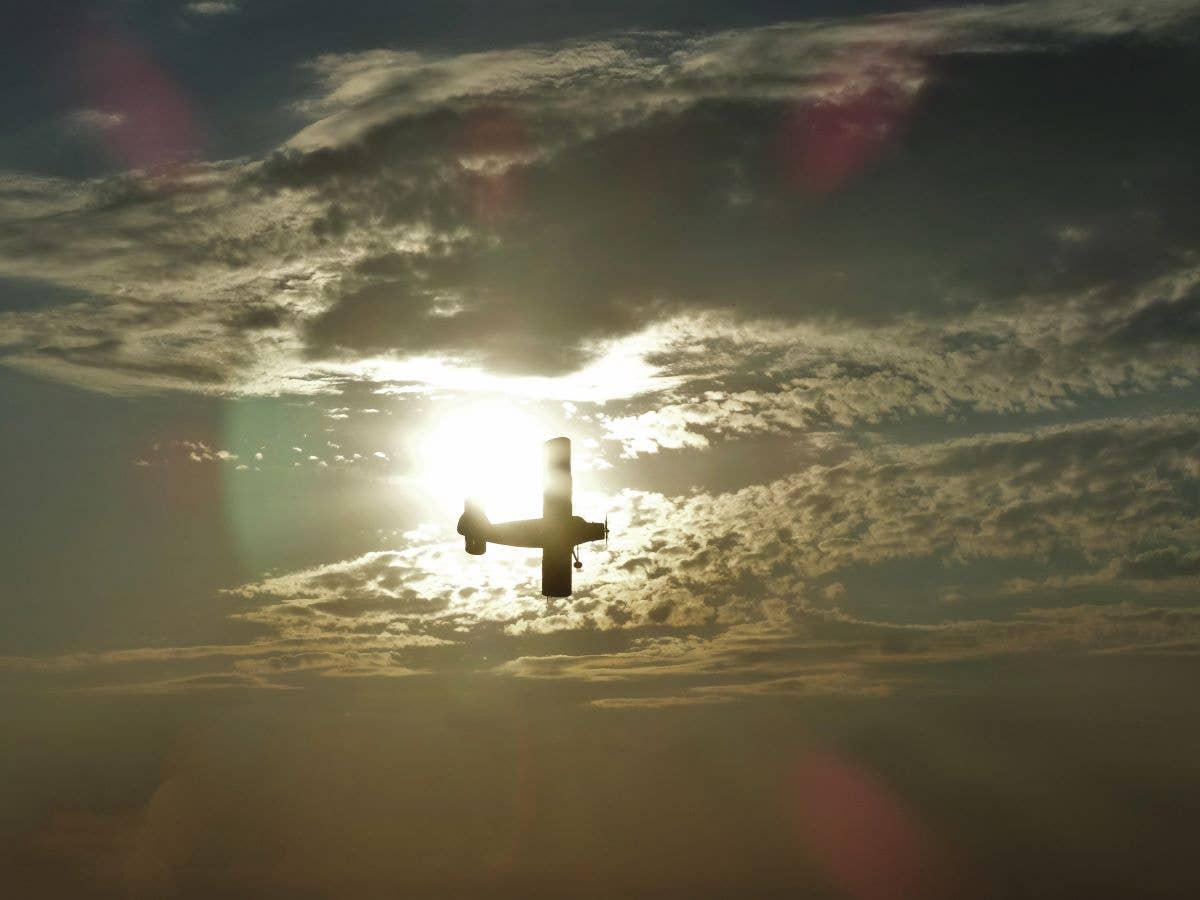Windy Canyon Dangers
Canyons draw adventurous pilots in—but they hold hidden hazards.

Flying through canyons has seemed to be a supreme test of airmanship. [Credit: Adobe Stock]
Ever since Luke Skywalker plunged into the mesial groove of the Death Star, flying through canyons has seemed to be a supreme test of airmanship. Military pilots practicing terrain following love to thread the so-called “Star Wars Canyon” into Death Valley at 500 knots. When the new Top Gun installment came out, it was all about negotiating canyons, both geological and interpersonal.
It’s fun, and it’s dangerous. In fact, it’s fun because it's dangerous.
And that’s why three ex-Air Force pilots set off on a December morning in three Van’s Aircraft taildraggers to practice flying through a canyon in southern Colorado.
If you're not already a subscriber, what are you waiting for? Subscribe today to get the issue as soon as it is released in either Print or Digital formats.
Subscribe NowThe flight leader, 70, who had been a captain with United Airlines after leaving the military, had 20,000 hours. He was flying a tandem two-seat RV-4. The two other airplanes were an RV-8, which is a slightly enlarged redesign of the RV-4, and a single-seat RV-3. As they neared the canyon, the flight leader descended and called for a change from echelon to trail formation. The airplanes moved into single file, several hundred feet apart.
The RV-3 was in the last position and remained above the canyon rim. From that vantage point, the pilot could observe the No. 2 airplane ahead of and slightly below him, and the leader’s RV-4 descending northeastward into the canyon. After a few seconds, they encountered one of the challenges that make canyon flying exciting: an S-turn requiring a 120-degree heading change to the right immediately followed by a 180-degree turn to the left, both within a space about 1,300 feet wide.
The leader’s RV-4 was completing the second turn in a steep bank at high speed when its left wingtip snagged the scree below the canyon’s eastern wall. The airplane cartwheeled and disintegrated—the pilot must have died instantly.
If this accident had involved a 100-hour pilot in a Piper Cherokee 140, we could write it off to ignorance and rashness. But the pilot was of the highest caliber and qualifications and most likely had flown this canyon or ones like it before, and so it is worth pondering why this outing ended the way it did.
(For readers who use Google Earth and wish to better understand what happened, a view of the canyon is helpful. The wreckage came to rest at latitude 37.792822,longitude -104.57616; the first impact occurred a few hundred feet south of that point. And “left wing tip” is not a misprint. Although the crash occurred on the right side of the canyon, it was the steeply-banked airplane left wing that first struck the ground.)
In the portion of the S-turn leading up to the accident site, the rims of the canyon are about 500 feet apart and the canyon bottom is 200 feet below the surrounding plain. The second turn, the 180-degree one, must be completed with a radius of about 400 feet. The radius of the first turn is a little smaller—about 350 feet—but it's not a full 180 degrees.
Turn radius in still air is a function solely of true airspeed and bank angle. This is true for every airplane, Piper J-3 through SR-71. Bank angle is limited by the G tolerance of the airplane and the pilot. The RV-4 is a 6-G airplane, corresponding to an 80-degree bank angle, but the greatest G loading an airplane can maintain continuously—without losing altitude—depends on the power available. In the case of a 200 hp RV-4 at, say, 1,300 pounds, it would be around 3.5 G or 73 degrees of bank. The required turn radius of 400 feet could be achieved at 120 knots. But, of course, the speed can change during the turn. You could enter at 160 knots with a 6-G, 80-degree bank, and, if you haven’t grayed out, gradually reduce the bank angle.
The skilled pilot, like an outfielder judging where the pop fly will fall, uses the instinctive calculus that millions of years have bred into us to solve this problem in many variables. The slower you go, the easier it is, but the fun is in going as fast as possible. At high speed, however, small errors in timing, bank angle, and path selection nibble away at the slender margins of safety that are the spice of the exercise.
There is one additional element that is invisible and defies intuitive calculation: the wind.
Traveling at 120 knots, the RV-4 makes a 180-degree, 3.5-G turn in about seven seconds. During those seven seconds, a 20-knot wind blowing across its track carries it 210 feet downwind; 30 knots, 315 feet. So much for the calculated turning radius.
The RV-3 pilot and the leader had discussed the wind before taking off. Strong winds and a possibility of moderate to severe turbulence were forecast for the area. The leader was not concerned. Nearing the canyon, the RV-3 pilot’s EFIS reported a 30-knot, south-southwest wind 2,000 feet above the surface; its direction was such that an airplane emerging from the S-turn would have been pushed toward the right canyon wall. But there was no way to know how the wind would behave down inside the canyon. The canyon itself might provide some shelter. On the other hand, it added the risk of up- and downdrafts, and its meandering topography could produce unexpected changes of wind direction and velocity.
Something in the situation must have made the second and third pilots reluctant to descend below the canyon rim, despite the cultural tendency to stay with the flight lead. Perhaps they had not flown this canyon before and intended to watch the leader fly it before doing so themselves. The statements they provided to accident investigators did not touch on their own motivations, beyond the RV-3 pilot stating that he remained above the rim “to assess potential turbulence.” The leader alone went deep into the canyon. It was the RV-8 pilot,following him through the turns in second position, who reported that the lead aircraft was flying at “high speed” when he clipped the talus slope.
The most likely explanation for the accident is that the southwest wind poured into the portion of the canyon aligned with it and carried the RV-4 toward the eastern rim. The fact that the airplane was steeply banked at a point where it should have been rolling out of the turn, and when most of the energy available from excess speed would have been used up, suggests a desperate attempt to remedy a miscalculation. It almost succeeded.
Because many people perceive it as dangerous, aviation is obsessed with safety. It is practically obligatory, after an accident like this, to deplore the pilot’s decision-making. The NTSB does. But aviation can also be an extreme sport. The pilot knew what he was doing, and how to do it. He made a mistake, and paid the highest price. Let’s leave it at that.
This article is based on the National Transportation Safety Board’s report of the accident and is intended to bring the issues raised to our readers’ attention. It is not intended to judge or to reach any definitive conclusions about the ability or capacity of any person, living or dead, or any aircraft or accessory.
This article was originally published in the December 2022/January 2023 Issue 933 of FLYING.

Subscribe to Our Newsletter
Get the latest FLYING stories delivered directly to your inbox







